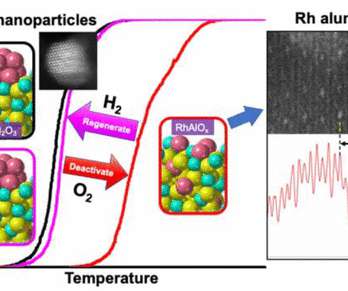OSU, Ford study provides insight into more efficient use of Rhodium in TWC applications
Green Car Congress
APRIL 11, 2022
A study by a team from The Ohio State University and Ford is providing insight into the deactivation mechanism of rhodium in three-way catalysts (TWC) for automotive emissions control. Rising prices for the three precious metals—especially rhodium—has spurred a sruge in the theft of catalytic converters from parked vehicles.















Let's personalize your content